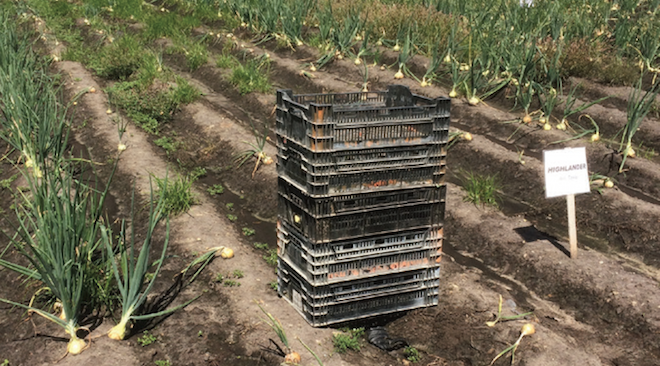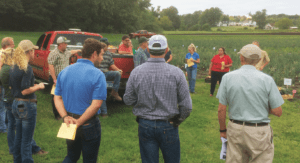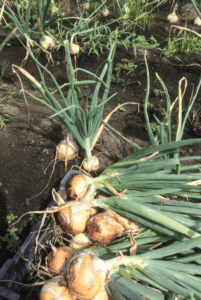

Nov 15, 2019Michigan onion growers match varieties to climates
As an onion-growing state, Michigan’s acreage doesn’t crack the top 10. The largest onion state, according to 2016 numbers from the National Onion Association, was Washington, with 23,900 acres, though Idaho grew more onions on just a little less land.
Michigan has just 2,350 acres of onions, a good number for a state with a very diverse agricultural economy, but a small enough number that there are no onion varieties developed with the land and its unique climate in mind.
“They’re always changing, but there are no onions bred for Michigan,” said Bruce Klamer, an onion and celery grower near Byron Center who’s chairman of the Michigan Onion Committee. Observational trials are organized by the growers to help determine which varieties thrive in the Michigan clime.
The same thing happens across the country. New varieties and seed come out each year, and Vegetable Growers News’ annual Seed Section is one way to see what is new on the market. But at some point, the growers have to decide what works best on their own farms, so growers and Extension agents do their homework.


“The Michigan onion variety observation trials were started 15 plus years ago,” said Darryl Warncke, a professor emeritus of soil fertility and plant nutrient management at Michigan State University. “The purpose was to observe how new onion varieties perform in comparison with the most commonly grown onion varieties at various locations in Michigan.”
Most Michigan onion varieties are strong-flavored red or yellow – long-day cooking onions that ripen in storage. Klamer, who also works for Solar Seeds, estimated as many as 60 different varieties are grown across the state. A few Michigan growers have ventured into sweet onions varieties such as Expression from Johnny’s Selected Seeds.
“Developing an onion that has low pyruvic acid is a challenge for northern onions,” Klamer said. “A Michigan onion by itself – a cooking onion – has more sugar than a Vidalia does. But the pyruvic acid is a lot higher, and that’s what gives it the bold flavor.”
“Currently there are a lot of good onion varieties available to be grown in Michigan and other northern states,” Warncke said, but the group keeps looking at new arrivals. This year, Warncke grew 17 varieties. Last year, he grew 27. In the blind study, the varieties are numbered rather than labeled. Five or six seed companies participate each year. There is no cost to the seed companies to participate, but each seed company is limited to five entries each year.
Klamer said the trials would probably be a good use of the commodity groups’ money, but currently, the trials are generously sponsored by various companies the growers do business with.


The vast majority of Michigan onions are grown in muck, but in the last 10 years, a few growers have begun growing them in sandy loam soil with irrigation. Holton, Michigan’s Vogel Produce – which won the 2017 Master Farmer Award from the Michigan Vegetable Council – was credited with perfecting how to grow carrots and onions in Michigan mineral soil with irrigation.
Warncke said a few other growers also are now growing a small acreage on mineral soils.
“Early maturing varieties are harvested, cured and marketed in late July into early August,” Warncke said. “Most of the onion varieties mature and are harvested in late August through September and put into storage. The onions are packed and marketed out of storage until the end of February.”
Before the harvest each year, Klamer hosts a dinner for the growers to come and see some of the onion trials, eat steak, hold a short committee meeting and talk shop about what’s working for them.
“Getting the growers out in August is important,” he said, if very difficult to do. “It’s kind of a nice meeting all the way around.
— Stephen Kloosterman, associate editor














